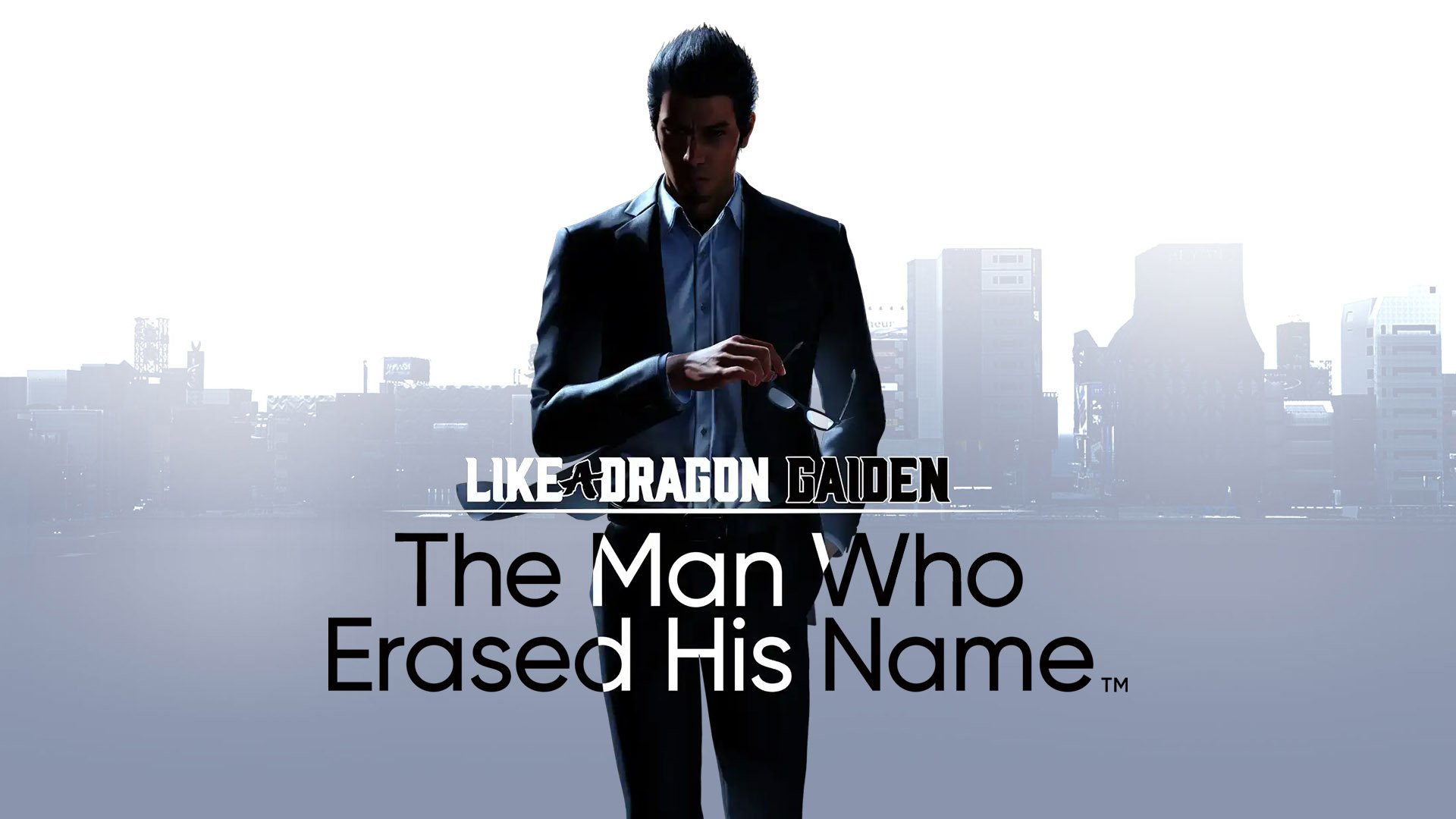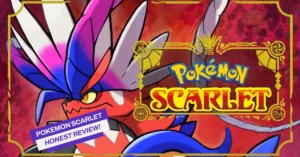Kazuma Kiryu makes a compelling return in Like a Dragon Gaiden, offering a rich narrative and satisfying combat that caters to both long-time fans and newcomers.
This Yakuza franchise spin-off, titled Like a Dragon Gaiden: The Man Who Erased His Name, serves as a continuation of Kiryu’s story, picking up almost seven years after the events of Yakuza 6: The Song of Life. Developed by Ryu Ga Gotoku Studio, the game not only pays homage to the franchise’s legacy but also signifies a promising future. Beyond its robust core gameplay and combat mechanics, Like a Dragon Gaiden weaves a poignant narrative with unexpected emotional depth, despite its relatively concise 12-hour duration. This amalgamation of elements positions Like a Dragon Gaiden: The Man Who Erased His Name as a must-play for seasoned fans and an ideal entry point for newcomers.
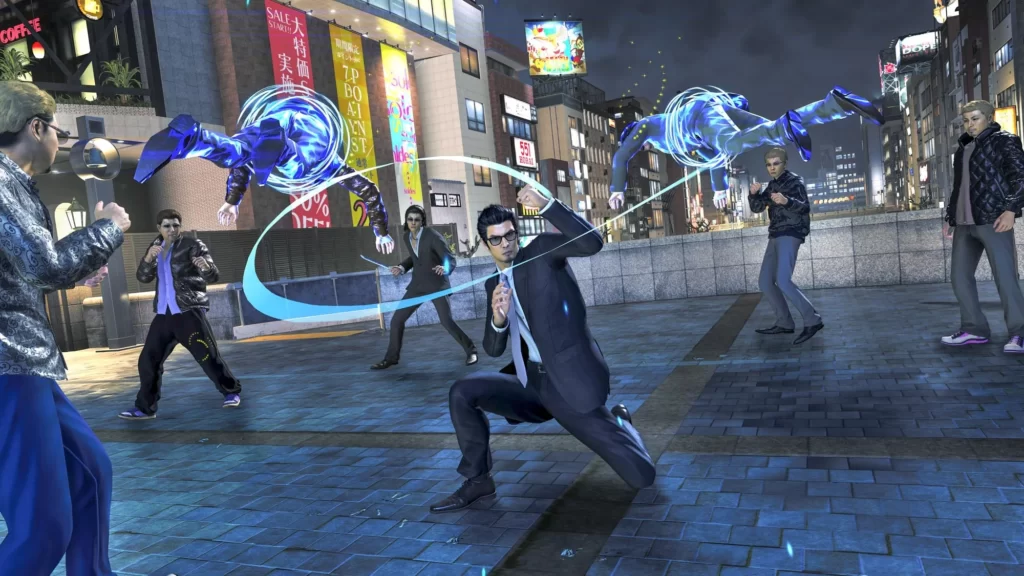
The plot unfolds as Kazuma Kiryu, adopting the alias “Joryu” following a fabricated death orchestrated by the Daidoji faction, finds himself thrust into a critical situation endangering Japan’s stability. Committed to playing his part and safeguarding his loved ones left behind, Kiryu navigates Osaka’s Sotenbori District, forming alliances and thwarting those seeking harm. Amidst the unfolding events, the iconic Yakuza reflects on past regrets while contemplating whether “Joryu” can contribute to positive change in Japan.
In the early stages of Like a Dragon Gaiden, Kiryu takes on tasks for an information broker named Akame, who enlists him in expanding her informant network through altruistic acts. While Akame’s primary concern is the welfare of Sotenbori’s homeless population, Kiryu’s efforts to enhance the Akame Network become a significant aspect of the gameplay. Each benevolent action in Sotenbori yields Akame Points, which Kiryu can utilize to procure unique items at Akame’s headquarters or invest in gameplay enhancements. As players bolster Kiryu’s abilities, unlocking new skills or improving stats, Akame points emerge as an essential resource for progression and upgrades.
The primary role of the Akame Network in Like a Dragon Gaiden is to facilitate all side missions within the game, referred to as substories. These substories, stemming from Kiryu’s past, add depth to the core narrative. While the main storyline already carries emotional weight, substories become pivotal in showcasing some of Kiryu’s most poignant moments. These missions compel the character to confront and acknowledge the consequences of his actions as a legendary Yakuza, urging him to leverage his acquired skills for positive purposes. The completion of substories not only enriches the gaming experience but also swiftly rewards players with substantial amounts of money and Akame points, offering a dual incentive for fulfilling these requests.
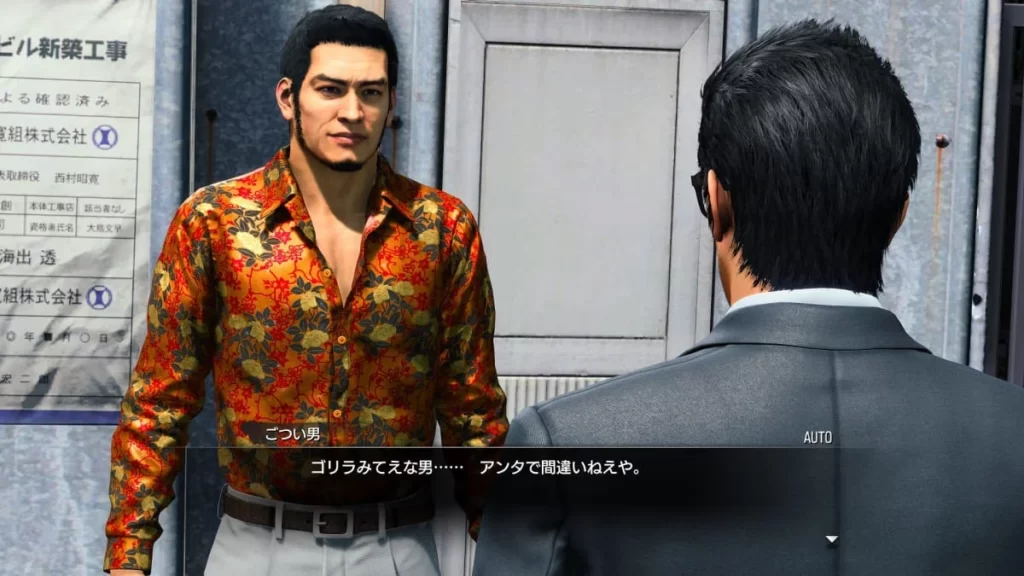
Visually, Like a Dragon Gaiden is a stunning game, portraying the streets of Sotenbori with crisp visuals and lively animations that bring the setting to life. Particularly during nighttime, the lights and signs in Osaka’s entertainment district burst with vibrant colors, enhancing its dynamic energy. Additional locations, such as The Castle ship, provide strong visuals, each with distinct sights and sounds that contribute to their unique identities. However, there is inconsistency in the character graphics, with major players exhibiting next-gen aesthetics, while some minor characters, including those in prominent cutscenes, appear outdated. Although these visual disparities don’t significantly detract from the overall experience, their sudden appearance can be jarring in an otherwise visually pleasing title.
Throughout Like a Dragon Gaiden: The Man Who Erased His Name, players spend a considerable amount of time exploring Sotenbori. Despite the district’s relatively small map, it is densely populated with interactive elements. Various eateries, merchants, and hidden locations dot the district, introducing unique characters and experiences. While traversing between these points, players may encounter roaming groups of enemies, ranging from four to about 15 individuals, who engage in combat upon sight. Although players might consider evading these groups, they serve as a consistent source of income, allowing Kiryu to collect any dropped money and enhance the drop rate as the story progresses.

In contrast to Yakuza: Like a Dragon’s turn-based combat, Like a Dragon Gaiden returns the Yakuza franchise to its beat-em-up origins. Introducing new techniques acquired during Kiryu’s association with the Daidoji faction, players can dynamically switch between two distinct fighting styles during combat – the Yakuza and the Agent. The Yakuza style proves most effective in close-quarters engagements, enabling Kiryu to unleash aggressively powerful moves on a single adversary. Conversely, the Agent style is optimal for dealing with groups of enemies, emphasizing speed and a range of advanced gadgets like the SPIDER Gadget, an electrified wire capable of restraining and throwing enemies or disarming them. Throughout Like a Dragon Gaiden, Kiryu gains access to additional gadgets, enhancing his strategic options and efficiency when confronting groups of foes.

With each successful blow in either fighting style, Kiryu accumulates Heat, a resource enabling the execution of powerful Heat Actions. While these actions can be utilized at various points on the gauge, reaching a specific threshold unlocks Extreme Heat Mode, enhancing Kiryu’s resilience and providing each Style with unique advantages. In Agent Style, new gadgets are introduced and existing ones are reinforced. In Yakuza Style, attacks become more potent, and multiple Heat Actions can be seamlessly executed.
The combat in Like a Dragon Gaiden remains as captivating as ever, and the bustling streets of Sotenbori offer Kiryu an array of objects to wield against his adversaries. These objects inject a reliable dose of levity into the overall dark and serious tone of the narrative. Various seemingly innocuous items, such as a desk ruler or a parked motorcycle, can be wielded to repeatedly strike enemies. Depending on specific conditions, Kiryu can even execute distinctive weapon finishers, providing a cinematically brutal, and often amusing, conclusion to an enemy confrontation.
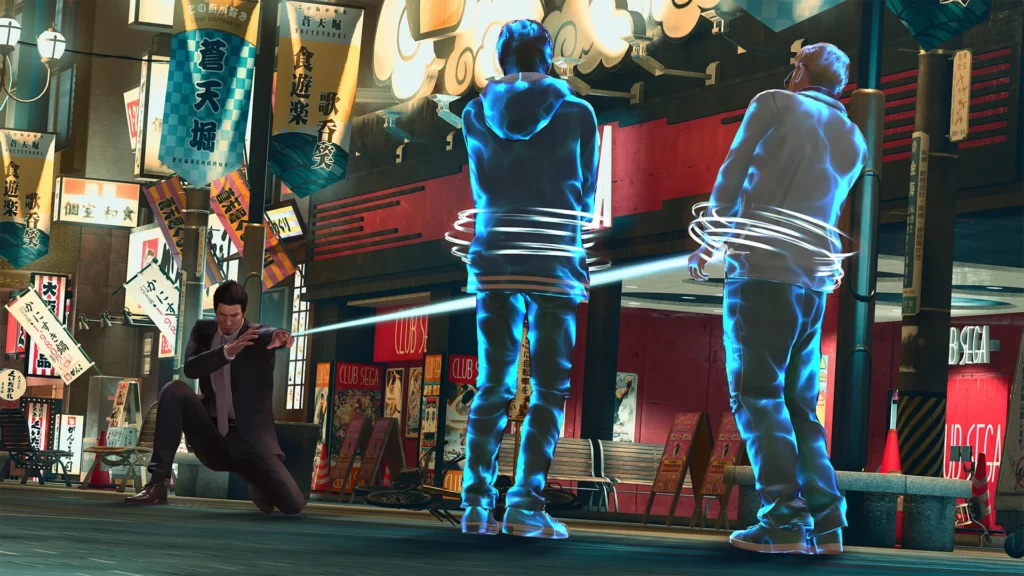
Despite its overall engaging combat, Like a Dragon Gaiden encounters a recurring issue in specific situations. At times, Kiryu is compelled to engage in large group encounters alongside allies, each capable of utilizing environmental objects against opponents. In these instances, Kiryu may find his combos interrupted or become susceptible to devastating attacks, often resulting from allies attempting to strike the same enemy or one in close proximity. While such situations typically arise when only a few enemies remain, the later stages of Like a Dragon Gaiden present scenarios where Kiryu must safeguard and assist allies in combat. Given the strength of the enemies, inadvertent friendly fire can lead to characters being stunned, knocked down, or even killed due to an NPC ally’s repeated use of a substantial object.
Beyond its missions and combat sequences, Like a Dragon: The Man Who Erased His Name provides numerous optional activities for players to explore and enjoy for hours. As Kiryu navigates Sontebori, a variety of day and night leisure activities become available, including the following:
- Shogi
- Cabaret
- Koi Koi
- Mahjong
- Karaoke
- Billiards
- Club SEGA Arcade
- Pocket Circuit
- Darts
- SEGA Master System

While numerous activities in Like a Dragon Gaiden can be enjoyed in the company of allies, Club SEGA and the SEGA Master System offer a distinctive respite from the action for fans of the iconic gaming company. Club SEGA provides a platform for players to relish classic SEGA arcade games, including the console debut of SEGA RACING CLASSIC 2. The SEGA Master System offers a comparable experience, allowing enthusiasts to revisit some of the developer’s most cherished home classics. Although Kiryu engages with the SEGA Master System solo, certain cartridges permit multiple players to join in, featuring two-player gameplay.
A standout among the side activities in Like a Dragon Gaiden is The Castle’s Coliseum. Initially introduced as part of the main narrative, the Coliseum invites players to climb the ranks of fighters, aiming for the prestigious title of the “World’s Strongest.” Participants can engage in solo and team-based tournaments, enlisting various NPCs as teammates. Kiryu’s involvement in the Coliseum becomes imperative, as reaching specific ranks unlocks vital locations for the main narrative. Those who continue to participate in the Coliseum’s tournaments discover lucrative rewards, including cash prizes, unlockable items, and the chance to confront the Coliseum’s Four Kings in one of Gaiden’s most compelling substories.
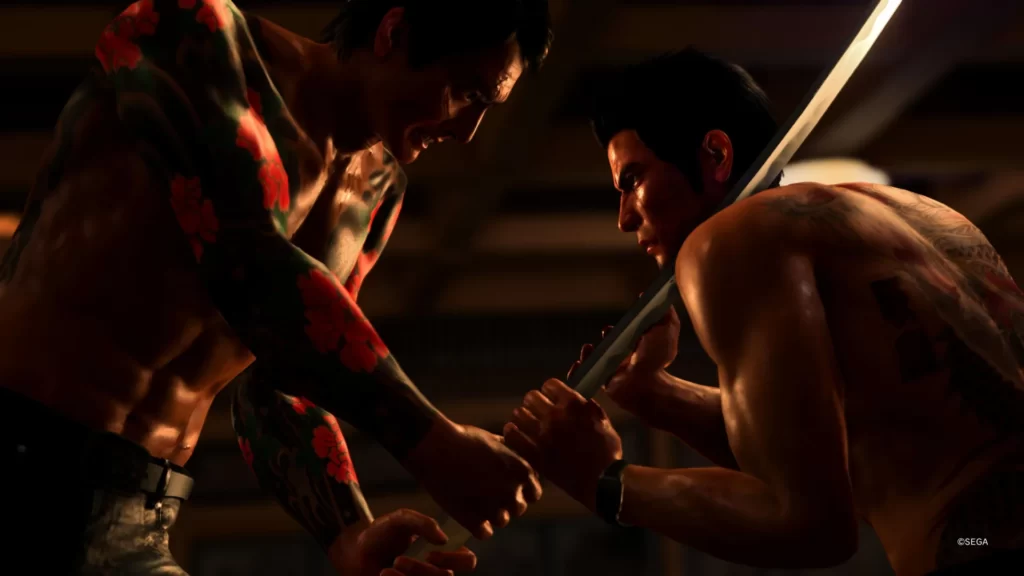
Despite its overall excellence, Like a Dragon Gaiden: The Man Who Erased His Name does have a few drawbacks. The majority of its action is confined to a relatively small map, with key locations repeating throughout its main and side narratives. Consequently, certain segments in Gaiden might feel like unnecessary back-and-forth, depending on players’ approaches to core objectives. This issue is accentuated during narrative points requiring Kiryu to accumulate a specific amount of Akame points or attain the next Coliseum rank, prompting players to engage in activities around Sotenbori, such as assisting residents, breaking up fights, or completing lengthy substories to advance the story.
Originally conceived as DLC for the upcoming Like a Dragon: Infinite Wealth and developed in a short six months, Like a Dragon Gaiden: The Man Who Erased His Name has evolved into an impactful reintroduction to Kazuma Kiryu. Balancing the remarkable depth and eccentric qualities for which the Yakuza franchise is renowned, Gaiden stands as a formidable entry in the Like a Dragon series, catering to both seasoned fans and newcomers alike. The title adeptly sets the stage for Like a Dragon: Infinite Wealth, where the fates of Kazuma Kiryu and Like a Dragon’s Ichiban Kasuga intertwine during the Dragon of Dojima’s final days. Upon completing Gaiden, fans gain an early glimpse of Infinite Wealth, as story completion unlocks a Special Trial Version of the title. Marking the beginning of the end for Kazuma Kiryu, Like a Dragon: The Man Who Erased His Name signals a promising and enduring future for the Like a Dragon series, judging by its exceptional quality.
Also Read: Call of Duty Modern Warfare 3 Review: The Legacy Continues
